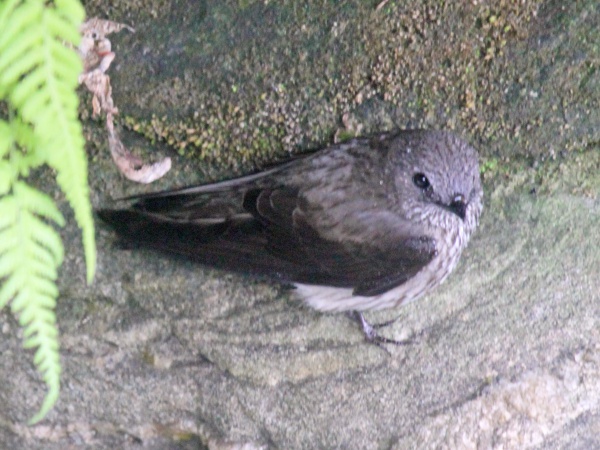Facts About Mascarene martin
The Mascarene martin, also known as the Mascarene swallow, is a charming bird from the swallow family, primarily breeding in Madagascar and the Mascarene Islands. The main subspecies inhabit Mauritius and Réunion, while the smaller Madagascan subspecies is migratory. During the winter, it migrates to East Africa or visits other Indian Ocean islands.
This bird is quite distinctive with its grey-brown underparts that gradually turn white on the throat and lower abdomen. Its upper parts are dark grey-brown, and it has a slightly forked tail. For nesting, the Mascarene martin prefers colonies in sheltered locations such as ledges, buildings, tunnels, caves, or rocks. It builds shallow cup nests using twigs and plant material. It hunts insects in flight, skimming low over the ground or vegetation, particularly in open areas.
First described in 1789, the Mascarene martin belongs to the Hirundininae subfamily, with two recognized subspecies. Its breeding grounds are restricted to Madagascar and the Mascarene Islands, where it thrives in various suitable habitats.
The International Union for Conservation of Nature (IUCN) considers the Mascarene martin a species of Least Concern because its population appears stable. However, it faces threats from tropical cyclones, especially on smaller islands, and its legal protection varies across its range. Despite these challenges, it is known to be locally common with a stable population.
